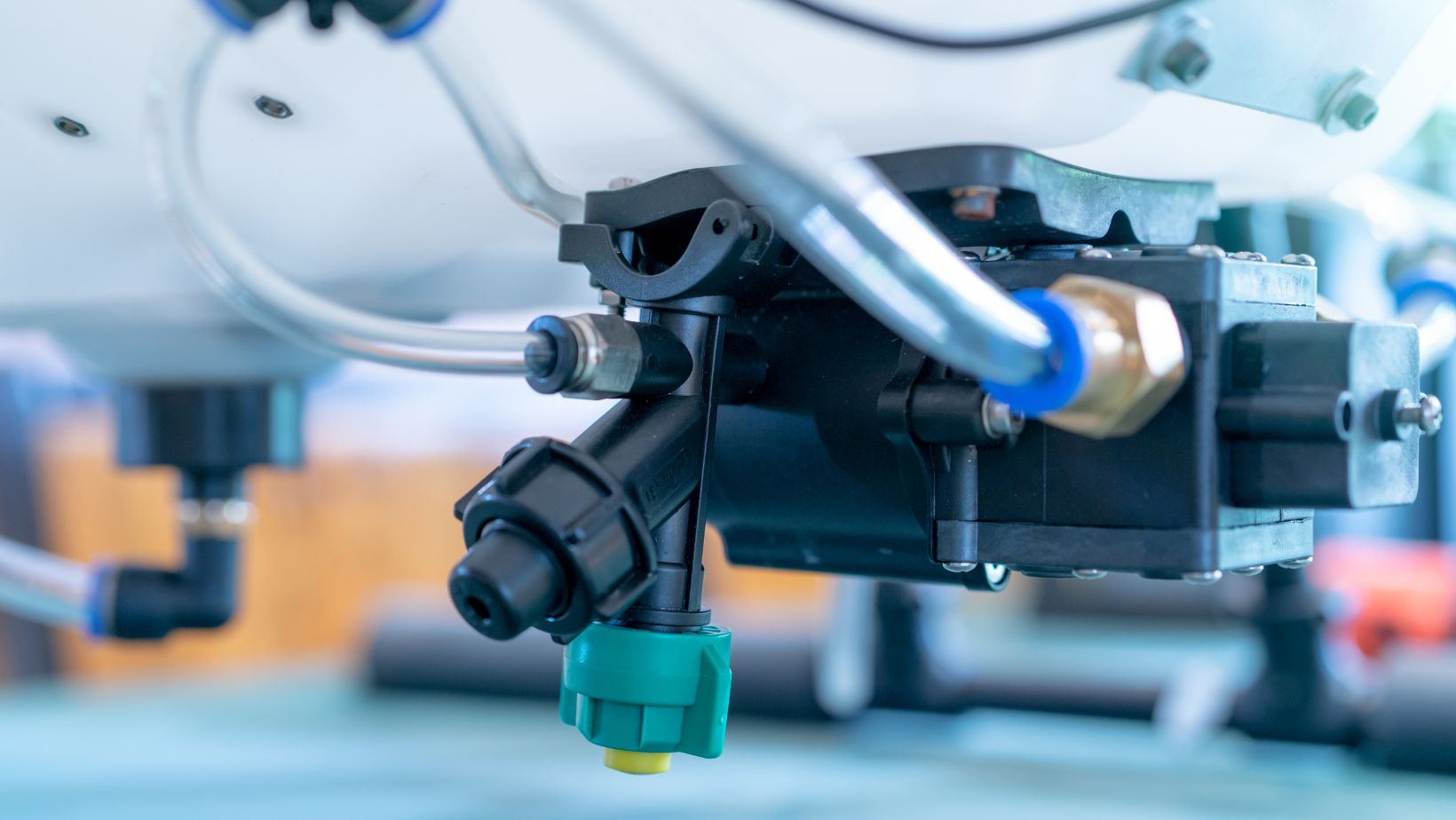
The world of game development has always been defined by innovation. Over the past decade, 3D modeling has evolved from painstaking manual sculpting to a blend of artistry and automation.
While traditional methods laid the foundation for iconic games, they often demand weeks of labor, specialized skills, and hefty budgets.However, AI-powered tools like 3D AI Studio are reshaping how developers create assets. By blending speed, affordability, and accessibility, they offer a compelling alternative to conventional workflows.
In this comprehensive guide, we will explore five ways AI-driven modeling is changing the game—literally.
Speed and Efficiency in Asset Creation
Traditional 3D modeling is a marathon. Crafting a single detailed asset whether a character, weapon, or environment can take days of meticulous work. Artists must sculpt, retopologize, UV unwrap, and texture each model, a process that drains time and creative energy.
AI-powered tools flip this dynamic. Imagine converting a 2D concept sketch into a fully realized 3D model in minutes. Tools like 3D AI Studio use machine learning to analyze images and generate optimized, game-ready assets almost instantly.
This speed doesn’t just save hours; it reallocates your focus. Instead of getting bogged down in asset pipelines, you can prioritize gameplay mechanics, storytelling, or polishing user experiences. Faster iterations mean quicker prototypes, smoother testing phases, and ultimately, games that reach players sooner.
Cost-Effective Solution for Developers
Budget constraints are a universal challenge in game development. Hiring skilled 3D artists or outsourcing asset creation can strain finances, especially for indie studios or solo developers.
Traditional modeling is both labor-intensive and expensive. AI modeling tools cut these costs dramatically. By automating asset generation, you eliminate the need for repetitive manual work.

Want a medieval sword, a sci-fi spaceship, or a photorealistic tree? Need to quickly convert an image to 3d? Tools like 3D AI Studio let you generate these assets on demand, often with nothing more than a reference image.
This shift from custom commissions to instant generation means you can allocate funds to other critical areas. This includes marketing, voice acting, or refining gameplay. For smaller teams, this affordability is both convenient and transformative.
Accessibility for All Skill Levels
Mastering software like Blender or ZBrush takes years. Traditional 3D modeling requires expertise in topology, lighting, and texture mapping. These are skills that many developers simply don’t have time to learn. AI democratizes this process.
With intuitive interfaces and automated workflows, tools like 3D AI Studio empower anyone to create polished 3D models, regardless of technical background. You don’t need to be a seasoned artist to bring your vision to life. This accessibility is a game-changer for solo developers or small teams.
Suddenly, a programmer with a killer game idea can design their own characters. A narrative designer can prototype environments without waiting for an artist’s schedule. By lowering the barrier to entry, AI tools put creativity back in your hands.
Enhanced Customization and Scalability
Some assume AI-generated models are rigid or generic. In reality, these tools offer surprising flexibility. Once a base model is generated, you can tweak proportions, adjust textures, or refine details to match your game’s unique style.
Whether you need a cartoonish aesthetic for a mobile game or hyper-realistic assets for a AAA title, AI adapts to your needs. This scalability is invaluable. Those building indie games can prototype rapidly without compromising quality, while larger studios can generate bulk assets for expansive open worlds.
Unlike traditional workflows, where every adjustment requires manual labor, AI lets you experiment freely. You can change the color of a character’s armor, resize a building, or iterate on a vehicle’s design, all without starting from scratch.
Seamless Integration with Modern Game Engines
A 3D model is only useful if it works in your engine. AI-generated assets are built with compatibility in mind. Tools like 3D AI Studio export models in formats ready for Unity, Unreal Engine, or Godot, complete with optimized polygons and UV maps.
This eliminates the tedious process of retopologizing or fixing mesh errors. You can import assets directly into your project, apply materials, and see them rendered in real time.
As game engines grow more powerful, AI ensures your workflow keeps pace. Real-time rendering, physics simulations, and dynamic lighting all benefit from models designed for modern pipelines.

Many AI-driven tools also provide automatic texture baking, material adjustments, and LOD (Level of Detail) generation, ensuring assets maintain performance without sacrificing quality.
No matter the style of your game, be it a high-fidelity open world or a stylized indie title, AI-generated assets adapt to your technical requirements. This saves time without compromising your creative vision.
Conclusion
The rise of artificial intelligence in 3D modeling gives developers powerful tools to enhance their workflow while keeping artistic creativity at the core. Traditional methods will always have a place, but AI tools like 3D AI Studio offer undeniable advantages: speed, affordability, accessibility, flexibility, and seamless integration.
For indie creators and established studios alike, these tools unlock new creative possibilities while easing logistical headaches. As AI continues to evolve, its role in game development will only expand. Now is the time to experiment, adapt, and discover how AI can elevate your projects.









